Itchy Scalp Braids – How To Treat Them
Easy and effective home remedies to achieve a healthy and itch-free scalp

Image: Midjourney/ StyleCraze Design Team
You can maintain clean, tidy, and stylish hair with an elegant braided hairstyle. They look stunning and require little maintenance, but getting an itchy scalp due to braids can be uncomfortable. Dryness and inflammation can often result in itchy scalp braids. However, you can easily manage an itchy scalp with braids and keep it healthy without disturbing your hairstyle. Keep reading to discover many ways to cope with it.
In This Article
Why Do Braids Itch?
Braids itch due to the following factors:
- Tight braids might cause scalp irritation.
- ’Sandy’ hair because of a day out-and-about on the beach.
- Infrequent oiling of the scalp.
- Sweat and oil trapped in the hair.
Apart from these external factors, your hair itself may sometimes make your scalp raw, tender, and itchy.
Synthetic hair extensions are coated with an alkaline formula, which prevents mold and makes the hair heat-resistant. But, on the flip side, it causes allergies, skin irritation, and itchiness.
A box braid gone wrong can lead to a tender and raw scalp. Follow these steps to stop your braids from itching.
Key Takeaways
- Your braids may itch if they are too tight, or have sweat, oil, or sand trapped in them.
- Witch hazel and tea tree oil spray and baking soda and lavender oil are some natural ways to treat this issue.
- If you have a flaky scalp along with your braids, you may try jojoba oil for dry spots and wash your braids with diluted
- shampoo and conditioner once a week to prevent product buildup.
Top 8 Ways To Manage An Itchy Scalp With Braids
1. Relieve The Tension
Box braids lead to hair tension because of constant pulling. Avoid tight up dos to avoid pulling on the roots. Also, ask your stylist to adjust your braids if they feel too tight.
2. Soak In Apple Cider Vinegar (ACV)
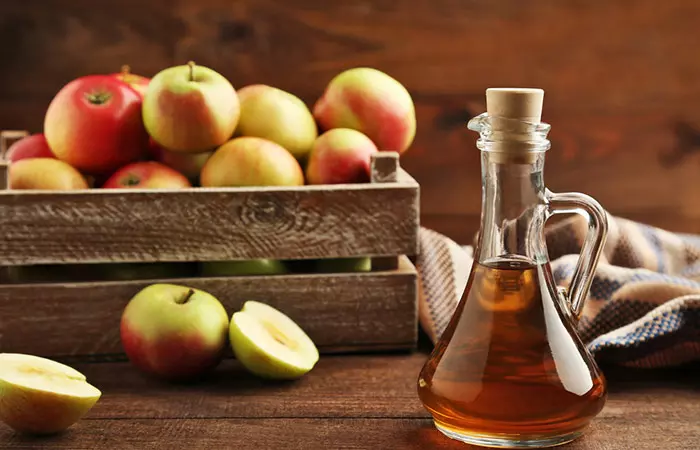
Rinse your hair extensions with apple cider vinegar before installation. The ACV soak strips alkaline from the extensions.
Here is a quick snapshot of the process:
- Soak your store-bought braided hair in a solution of warm water and a cup of apple cider vinegar.
- Wait for about 15-30 minutes or until a white film appears (this is the chemical coming off the hair).
- Wash the extension in cold water twice.
- Air dry it completely before use.
If you have already installed the synthetic hair, use ACV as a braid spray to prevent itching. Here are the steps:
- Mix 1 part ACV with 3 parts water.
- Pour the solution into a spray bottle.
- Spray it directly on your hair and scalp.
If you want to apply ACV without damaging the hair or need temporary relief from itchy braids, try spot cleaning. Here’s what you need to do:
- Dip a cotton ball or Q-tip in ACV.
- Dab it on the affected areas.
This method prevents scalp buildup and soothes scalp irritation.
3. Condition, Condition, And Condition!
The best way to stop your braids from itching is to keep your scalp hydrated and nourished
. Gently massage a leave-in conditioner in circular motions to combat scalp dryness. Repeat this daily for the best results.
4. Medicated Shampoos For The Win
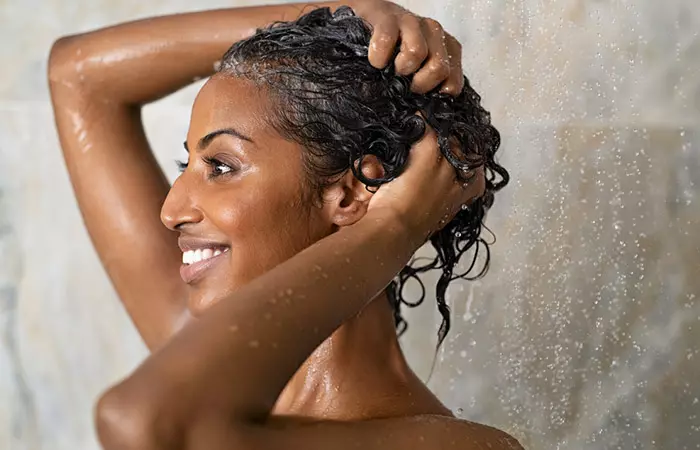
An anti-itch shampoo is suitable for people with scars or scabs on the scalp caused by excessive itching.
It can cause rashes and lead to serious complications, a study revealed that around 5% to 50% of children are affected by scabies globally. Moreover, it also revealed that socioeconomic factors also played a detrimental role in this case. Further, the study stated that scabies affects 200 million people worldwide and occurs in hot, tropical regions with a high population density.
A medicated shampoo with coal tar as the active ingredient may help treat scabs on the scalp. However, these shampoos might dry out your hair. Here’s how you can use it:
- Apply the shampoo directly to the scalp.
- Massage it gently with your fingertips.
- Wait for 10 to 15 minutes and then wash off.
- Use a moisturizing shampoo and conditioner to prevent hair dryness.
5. Add Essentials Oils To Your Shampoo
Essential oils are one of the best solutions for treating itchy scalp braids. Add a few drops of lavender, peppermint, castor, or tea tree essential oils to your shampoo to tackle bumps and inflammation. These oils are power-packed with anti-inflammatory and antibacterial properties that may help treat an itchy scalp and hair loss problems. (1), (2), (3), (4).
Do a patch test before applying the essential oils to check for any allergies. If the oil does not cause any rashes or irritations, add it to your shampoo. Here’s what you need to do:
- Pour 100 ml of shampoo into a bottle.
- Add 15-20 drops of any essential oils mentioned above. Do not go overboard as essential oils are strong and might irritate your skin.
- Mix the oil and shampoo well.
- Use this shampoo daily to stop your braids from itching.
A blogger tried tea tree oil and rose water to manage the allergic reactions her scalp skin has to the braid extensions she uses. In her blog, she described how these remedies helped her to improve her scalp condition. She states, “Day 1 I could feel heat emanating from my scalp (from the stirrings of a reaction to the braids), the itchiness reduced, and most bumps receded…Day 5 and my scalp is happy and completely healed again no reapplication of tea tree oil or rose water needed (i)!”
 Quick Tip
Quick Tip6. Avoid Leaving Your Braids On For Too Long
Remove your box braids within 6-8 weeks as keeping them in for too long might irritate your scalp. If your braids are too tight, remove them within two months.
Give your hair a break for a few days before reinstalling new braids. Trying out protective styles frequently might cause irritation and hair thinning. Oil your scalp with a nourishing hair oil and wash and condition your hair in between braids.
7. Opt For 100% Natural Human Hair Extensions

Go for 100% natural human hair extensions instead of Kanekalon hair extensions. Human hair is easier to wash, maintain, and style. Therefore, these natural extensions may help prevent the issue of itchy scalp braids.
8. If Nothing Works, Get Rid Of It
If none of the tips mentioned above works for you, say goodbye to your extensions. Otherwise, you might run the risk of scalp trauma. Look out for damaged hair symptoms, such as inflammation, red bumps, severe itching, and hair thinning.
If you still feel the urge to scratch your head, try these home remedies for an itchy scalp to treat the inflammation.
Easy Home Remedies To Treat An Itchy Scalp Under Braids
1. Witch Hazel And Tea Tree Oil Spray
Witch hazel is a natural astringent with anti-inflammatory properties. In a study published in the Journal of Inflammation, witch hazel significantly reduced inflammation in skin cells caused by hydrogen peroxide, suggesting it may help protect cells from oxidative stress and support skin health (5). When combined with tea tree oil that has antifungal and antibacterial properties, it can combat an inflamed, itchy scalp from box braids (4).
You Will Need
- 1/2 cup of witch hazel extract
- 5-10 drops of tea tree essential oil
- A 100 ml spray bottle
Instructions
- Pour the witch hazel extract into a bottle until it is three-quarters full.
- Add 5-10 drops of tea tree essential oil.
- Shake well before spraying on your scalp.
- Use this spray a couple of times per week.
2. Baking Soda And Lavender Oil
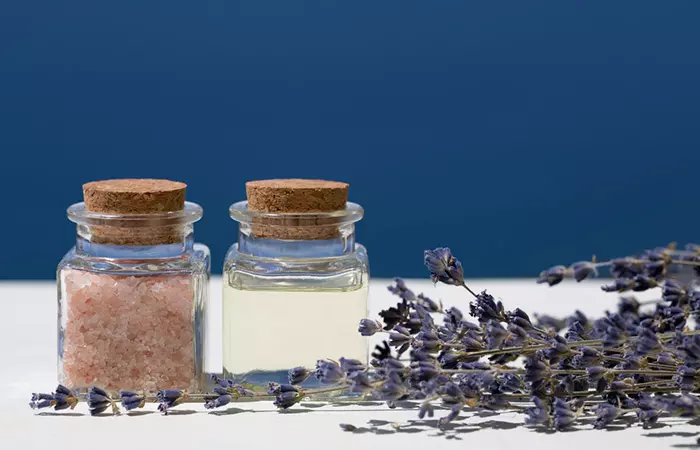
If you want to prevent scalp itchiness, apply some baking soda to your braids before installing. Baking soda eliminates itchy flakes and restores the pH balance of your scalp (6). Lavender oil has anti-inflammatory and soothing properties that help calm an irritated scalp (1).
You Will Need
- 3 tablespoons of baking soda
- 10-15 drops of lavender oil
- Clean/filtered water
- A bowl
Instructions
- Put three tablespoons of baking soda in a bowl.
- Add half a cup of water to make a paste.
- Add 10-15 drops of lavender oil to this mixture and mix well.
- Apply the paste to your scalp.
- Leave it on for 10-15 minutes and rinse well.
Note
: Apply this paste 2-3 days before braiding.
3. ACV And Tea Tree Oil Astringent
If you have a sweaty scalp, apply diluted tea tree oil between your braids for quick relief. ACV acts as a natural cleanser, removing buildup and soothing irritation. Tea tree oil has antifungal and antibacterial properties that can help fight scalp infections (4), (7).
You Will Need
- 15-20 drops of tea tree essential oil
- 30 mL of ACV
- 90 mL clean/filtered water
- Cotton balls
- A bowl
Instructions
- Mix the ACV and water in a bowl.
- Add 15-20 drops of tea tree essential oil.
- Soak the cotton ball in the mixture.
- Apply it to the scalp to remove excess oil and sweat.
All the home remedies in the list above are generally considered safe because they use natural ingredients, which are known for their soothing and healing properties. However, everyone’s skin is different, and some people may be sensitive to certain substances. To avoid any potential allergic reactions or irritation, it is important to perform a patch test by applying a small amount of the remedy to a discreet area of skin before using it more widely. This simple step can help ensure the safety and effectiveness of the remedy for your skin.
You may have experienced dry flakes while getting box braids, especially if your scalp is naturally dry and dandruff-prone. Let us look at how to manage scalp flakes that creep up after a braid session.
How To Get Rid Of A Flaky Scalp With Box Braids
- Deep condition your hair before braiding. Use a hair mask and let it sit for 30-60 minutes before rinsing.
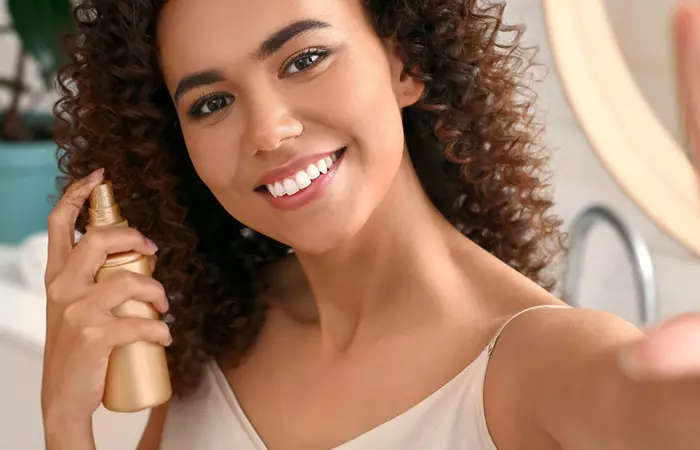
- Use jojoba oil on dry hair spots to moisturize your hair.
- Avoid using excessive hair care products. Regular applications of gels and mousses cause extra buildup in your hair and irritate the scalp.
- Wash your hair with braids once a week with diluted shampoo and conditioner. Diluting them helps eliminate buildup and ensure that the product spreads evenly.
- Remember to apply a scalp pomade post-wash.
 Quick Tip
Quick TipNow that you know how to get rid of a flaky scalp with box braids, find out how to loosen tight braids in the following section.
How To Loosen Tight Braids Overnight
Loosening tight braids overnight may help reduce tension on your scalp. Here is a step-by-step guide to teach you how to loosen them with steam:
- Start by boiling water and pour it into a heat-safe bowl.
- Position your head over the bowl.
- Cover your head and the bowl with a towel to trap in the steam.
- Stay in this position for about 10-15 minutes.
- Apply a hair oil or conditioner to the braids.
- Gently unravel the braids with a wide-toothed comb, starting at the ends and moving up to the roots.
Infographic: Things To Keep In Mind While Taking Care Of Your Itchy Braids
Though braids require less maintenance, you should put some effort into managing them to avoid itchy and dry scalp. While you use the remedies discussed in the article, some essential braid care tips must be kept in mind.
Check out the infographic below to know what to remember while caring for your itchy braids. Illustration: StyleCraze Design Team
A braided hairstyle looks elegant and requires less maintenance. However, there are chances of itchy scalps from braids. Your hair may get dry, and the scalp may feel itchy and uncomfortable due to several reasons. Itchy scalp braids occur due to tight braids, sandy hair, sweat and oil buildup, and infrequent oiling, which can lead to discomfort and irritation. Constant scratching, sensitivity, or allergic reactions to certain haircare products may also aggravate the condition. You may avoid tight updos, use apple cider vinegar, condition your hair, switch to medicated shampoos, or use natural human hair extensions to combat this issue. The home remedies discussed in the article can help you maintain the scalp help and prevent itching.
Illustration: Itchy Scalp Braids – How To Treat Them
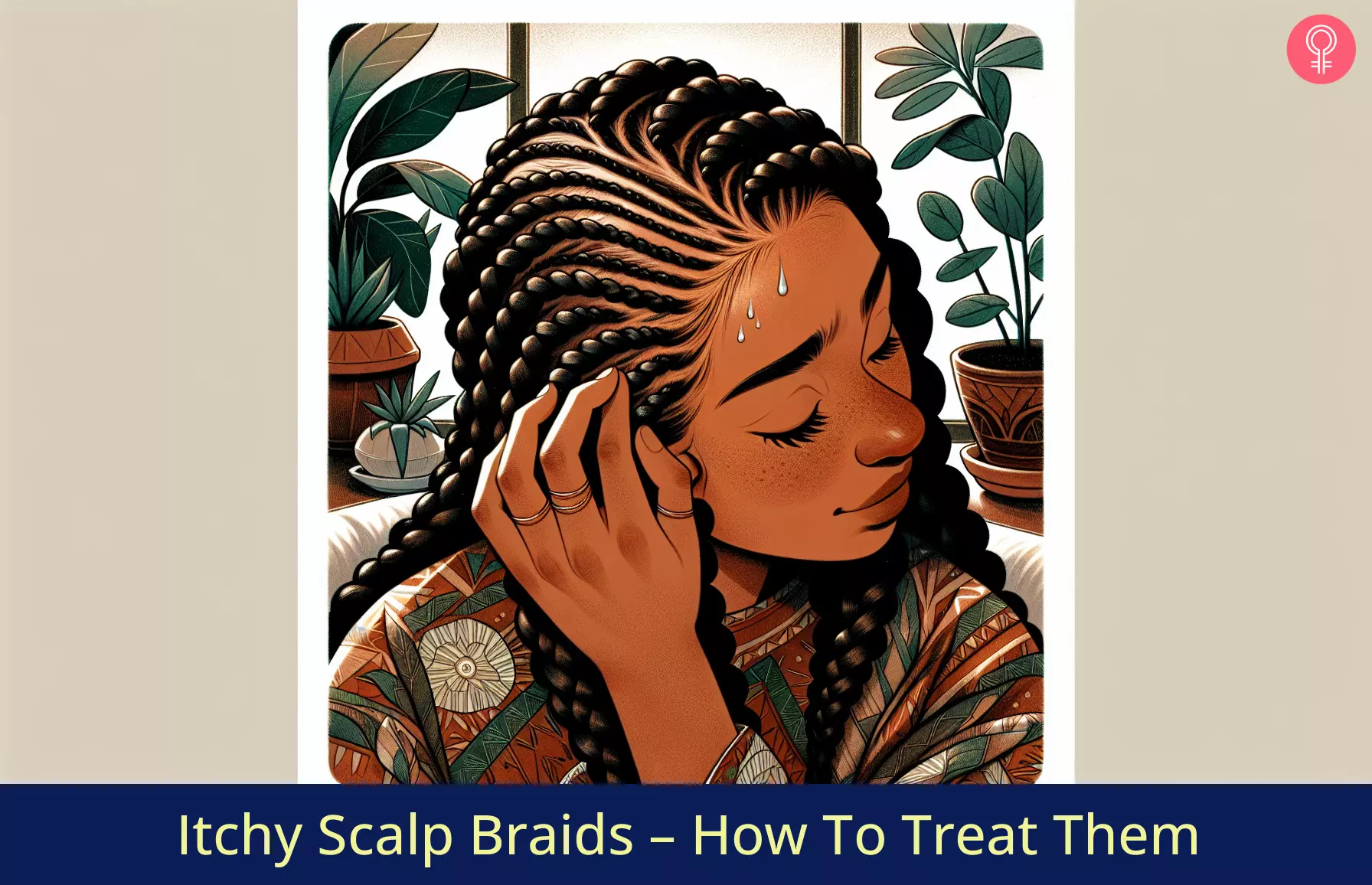
Image: Dall·E/StyleCraze Design Team
Frequently Asked Questions
Why does my scalp itch when I get braids?
Itchy braids result from three main factors:
- Dry scalp
- Infrequent washing or long stretches between washes
- Tight installation
How do you stop your scalp from itching after braids?
To prevent scalp itch after putting your braids on, soak them in an apple cider vinegar bath for about 15-20 minutes. Shampoo and condition as you usually do.
Can tight braids cause itching?
Yes, tightly-braided/weaved hair can cause hair inflammation and scalp dryness.
How often should you oil your scalp with braids?
Go for a bi-weekly coconut or olive oil hair massage to retain your hair’s moisture and prevent scalp irritation.
Should I oil my scalp before braids?
Yes, you can oil your scalp before braiding to keep it hydrated and prevent your braids from itching.
Do itchy braids mean hair growth?
No, itchy braids do not mean hair growth. Instead, they mean your scalp is not healthy and may have a negative impact on hair growth.
Can coconut oil cause an itchy scalp?
No, coconut oil may not cause an itchy scalp under normal circumstances. However, you should be careful if you have dermatitis. The oil may lead to itchiness and irritation.
How do you soothe a sore scalp from tight braids?
You may use a wet washcloth with lukewarm water and lightly massage it on your scalp. It will help loosen the braid and soothe the scalp.
References
Articles on StyleCraze are backed by verified information from peer-reviewed and academic research papers, reputed organizations, research institutions, and medical associations to ensure accuracy and relevance. Read our editorial policy to learn more.
- The Antibacterial Activity of Lavender Essential Oil Alone and In Combination with Octenidine Dihydrochloride against MRSA Strains
https://www.ncbi.nlm.nih.gov/pmc/articles/PMC6982929/ - Peppermint Oil Promotes Hair Growth without Toxic Signs
https://www.ncbi.nlm.nih.gov/pmc/articles/PMC4289931/ - Characterization and evaluation of antibacterial and antiproliferative activities of crude protein extracts isolated from the seed of Ricinus communis in Bangladesh
https://www.ncbi.nlm.nih.gov/pmc/articles/PMC4942971/ - A review of applications of tea tree oil in dermatology
https://pubmed.ncbi.nlm.nih.gov/22998411/ - Antioxidant and potential anti-inflammatory activity of extracts and formulations of white tea, rose, and witch hazel on primary human dermal fibroblast cells
https://www.ncbi.nlm.nih.gov/pmc/articles/PMC3214789/ - Scaly skin and bath pH: Rediscovering baking soda
https://www.jaad.org/article/S0190-9622(09)00493-9/fulltext - Preparation and optimization of garlic oil/apple cider vinegar nanoemulsion loaded with minoxidil to treat alopecia
https://pmc.ncbi.nlm.nih.gov/articles/PMC8706394/
Read full bio of Dr. Meena Konada
Read full bio of Anjali Sayee
Read full bio of Ramona Sinha
Read full bio of Vaishali Sinha






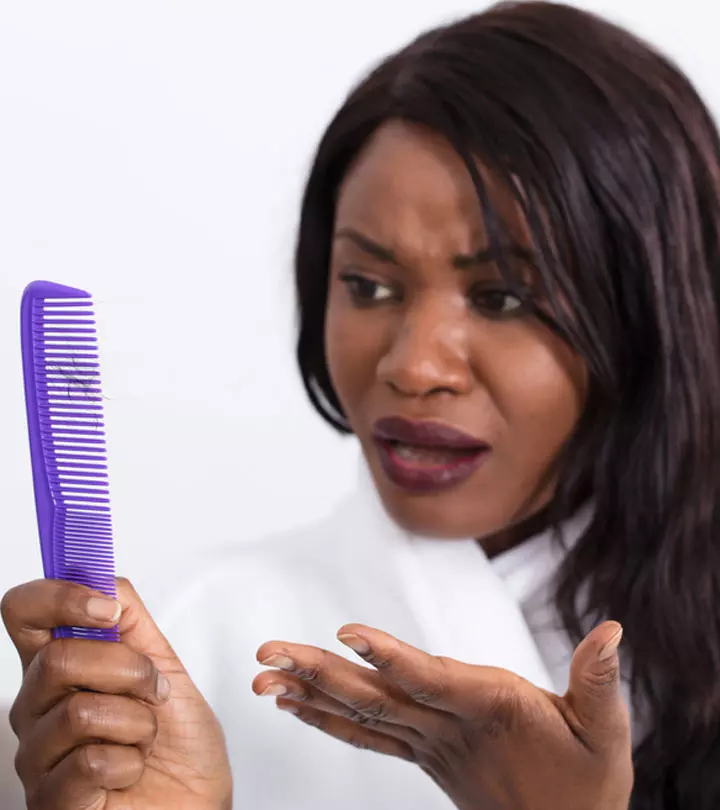
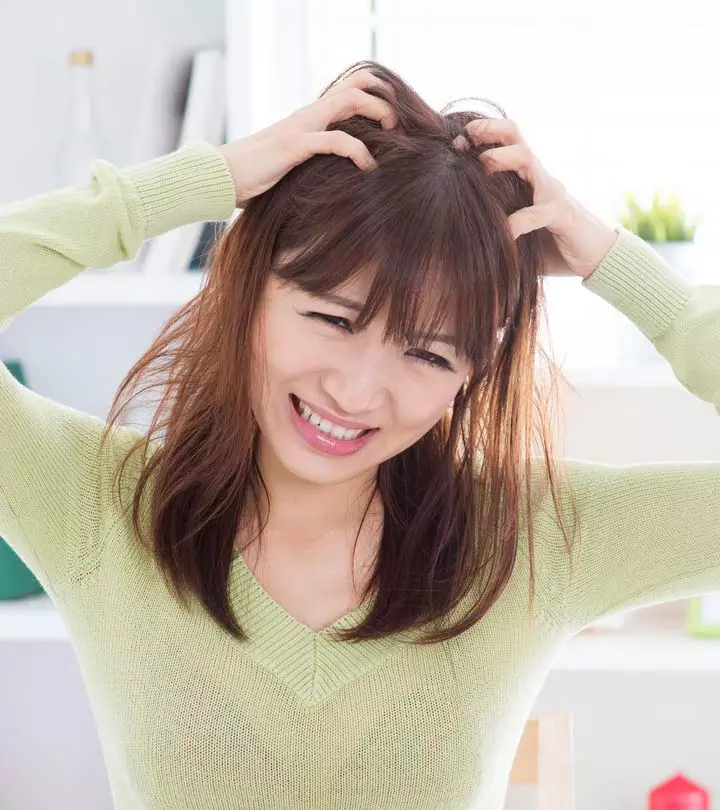

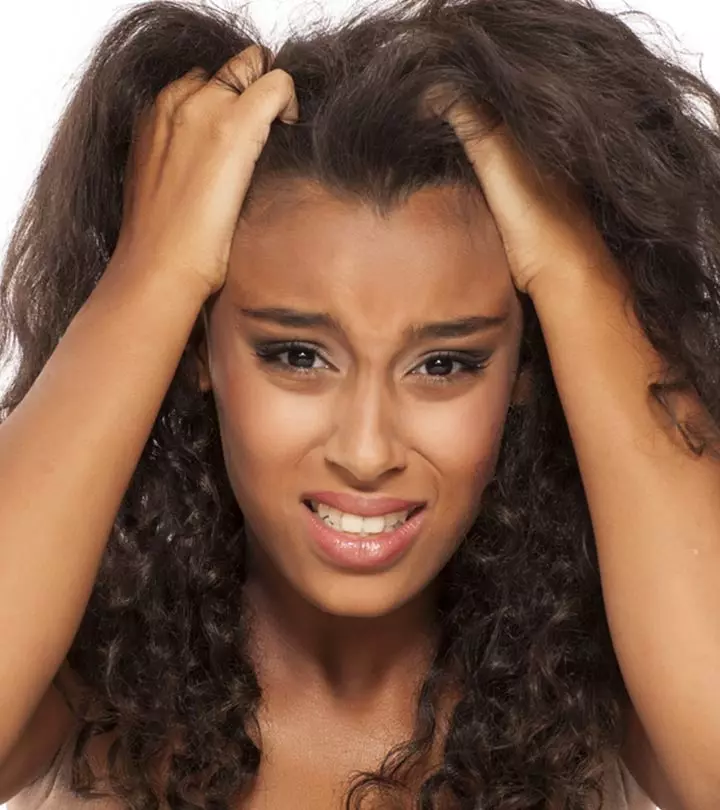
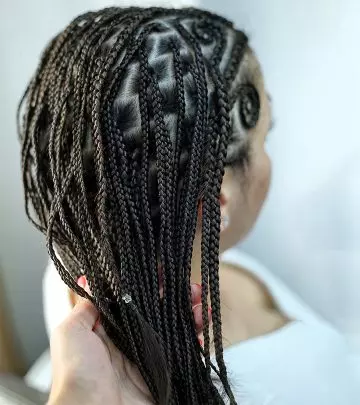
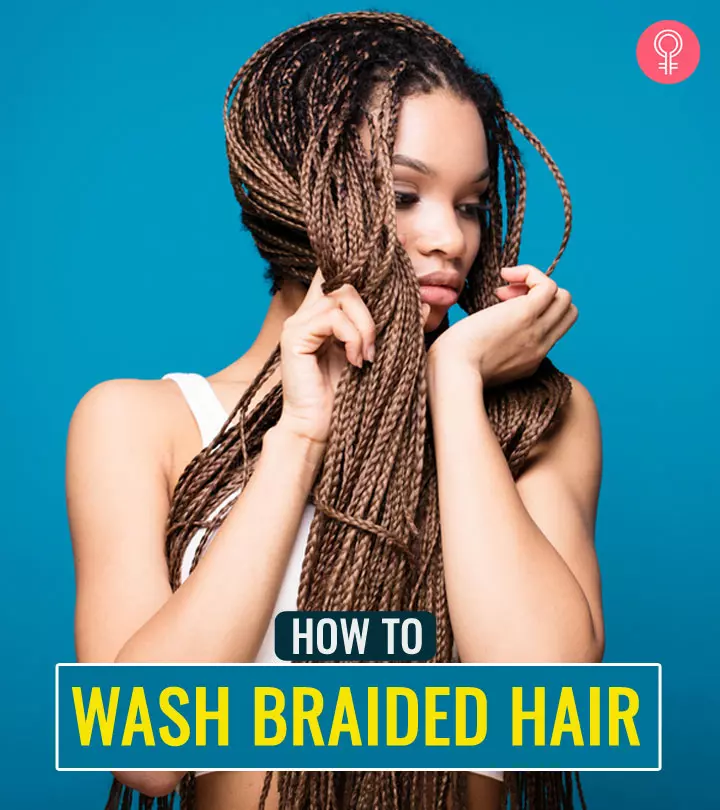
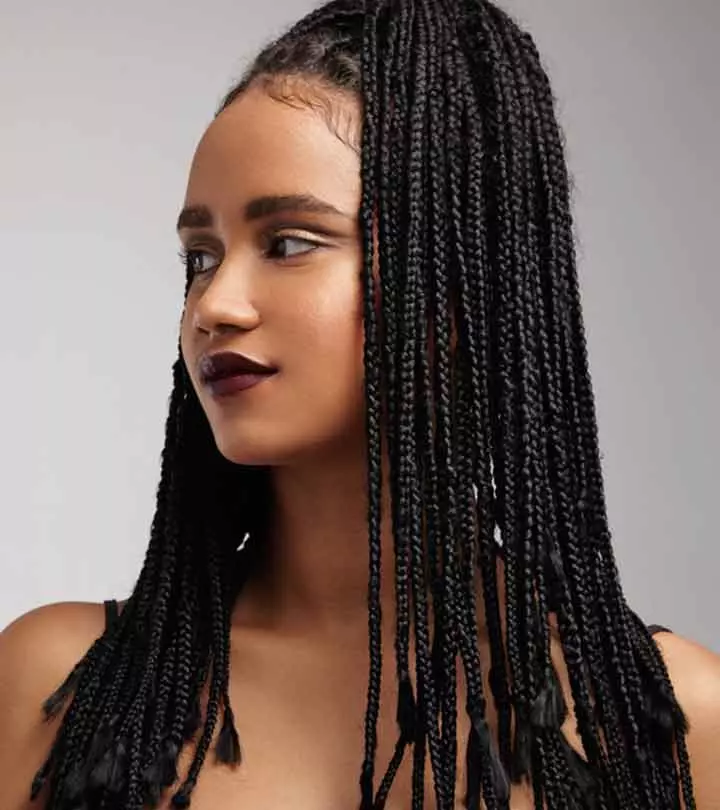
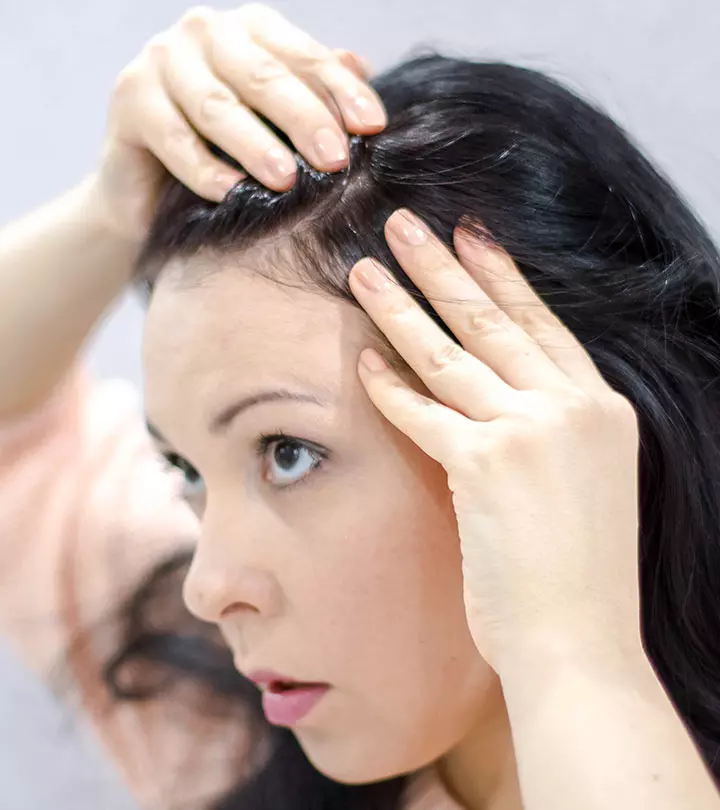


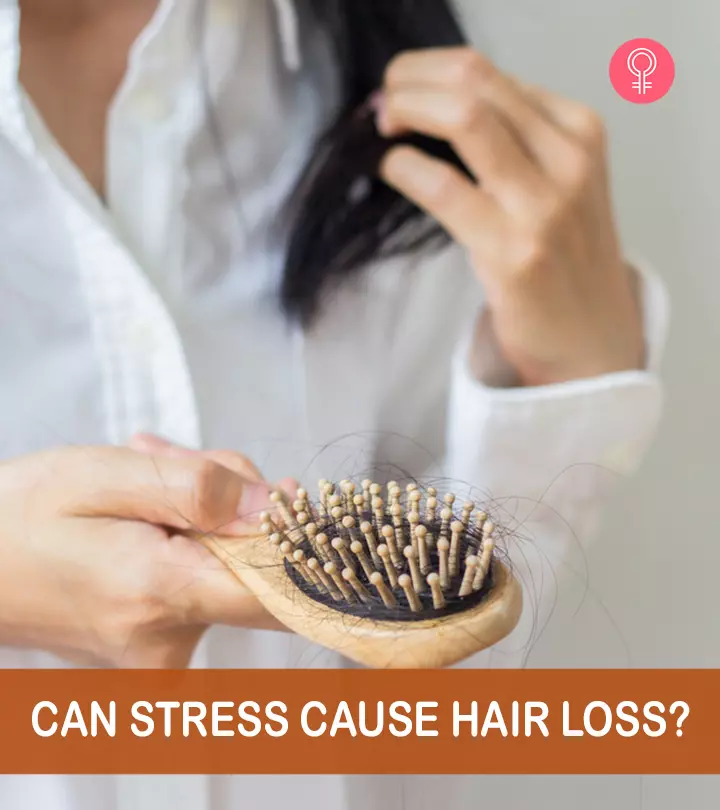
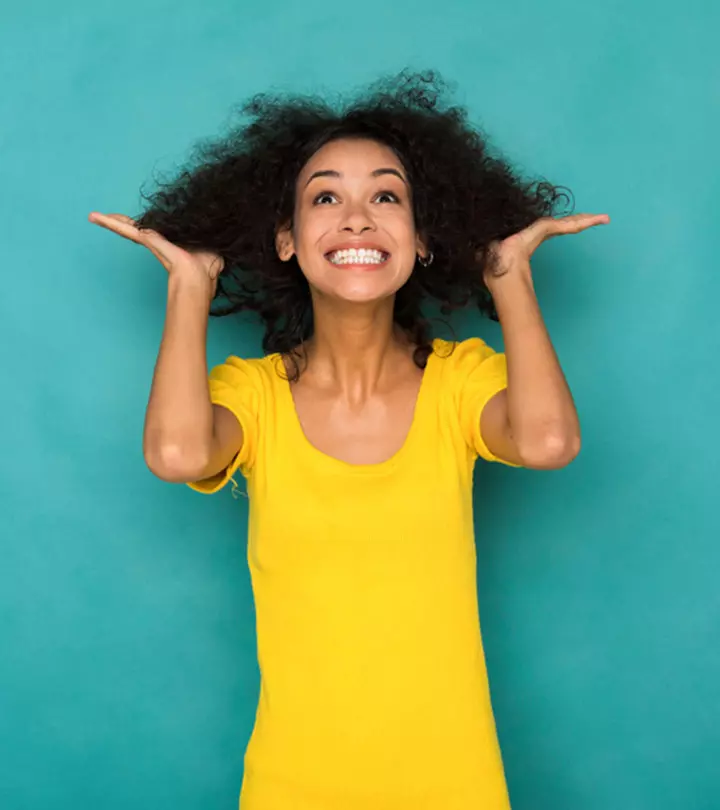
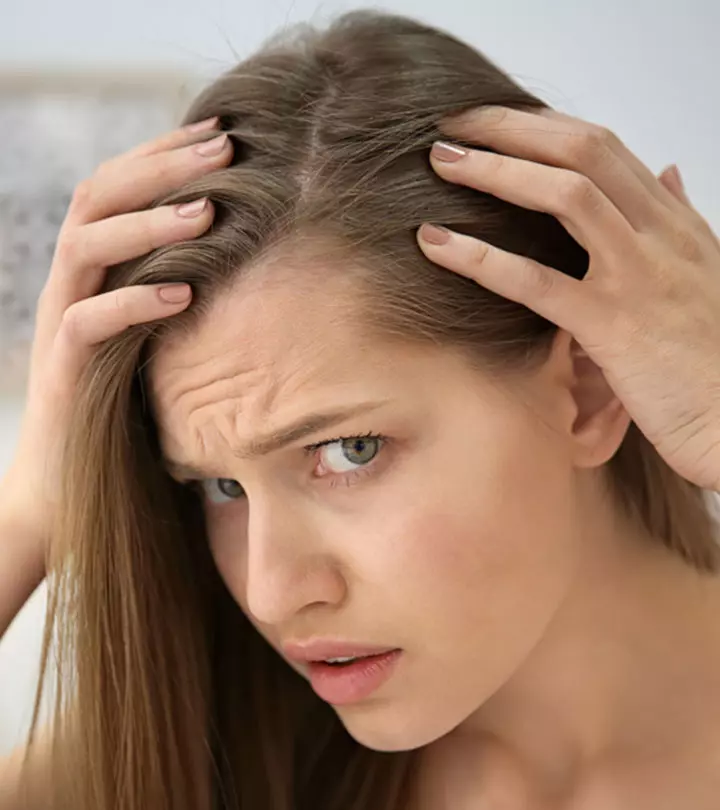
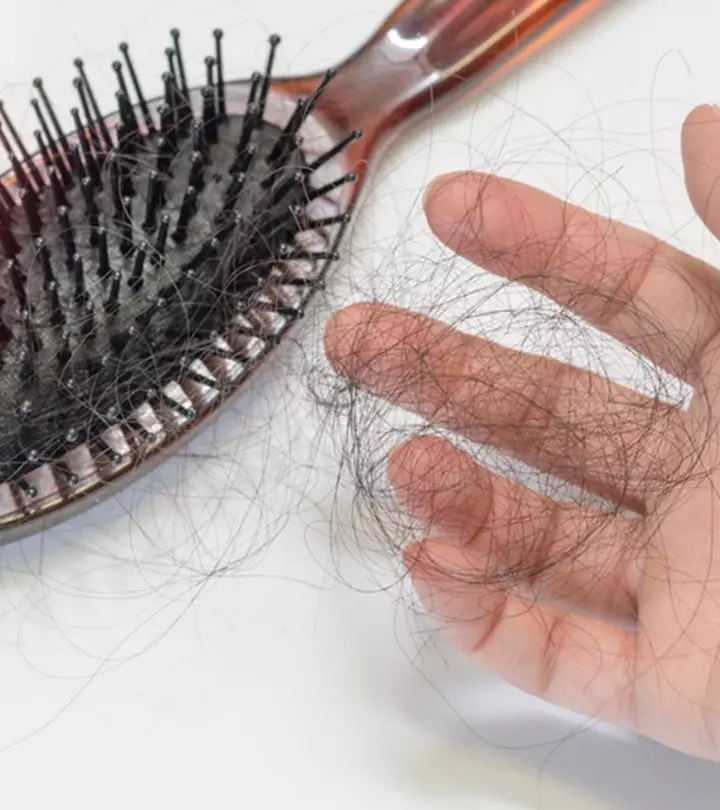
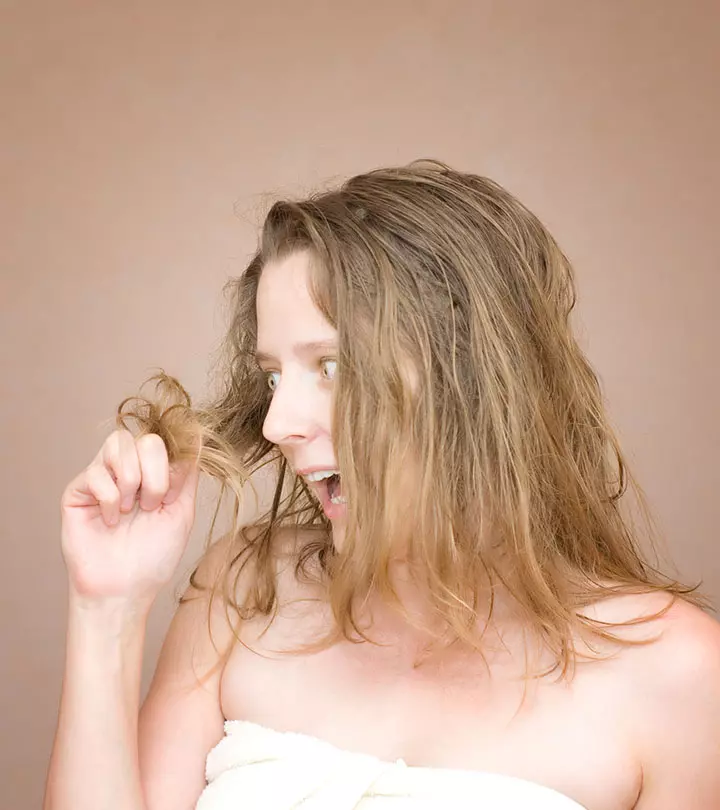
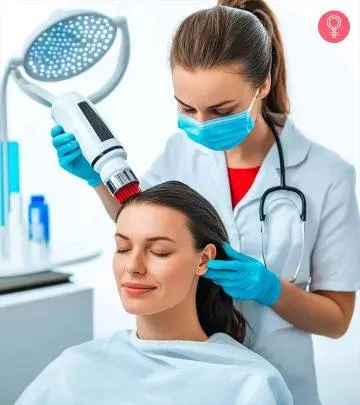
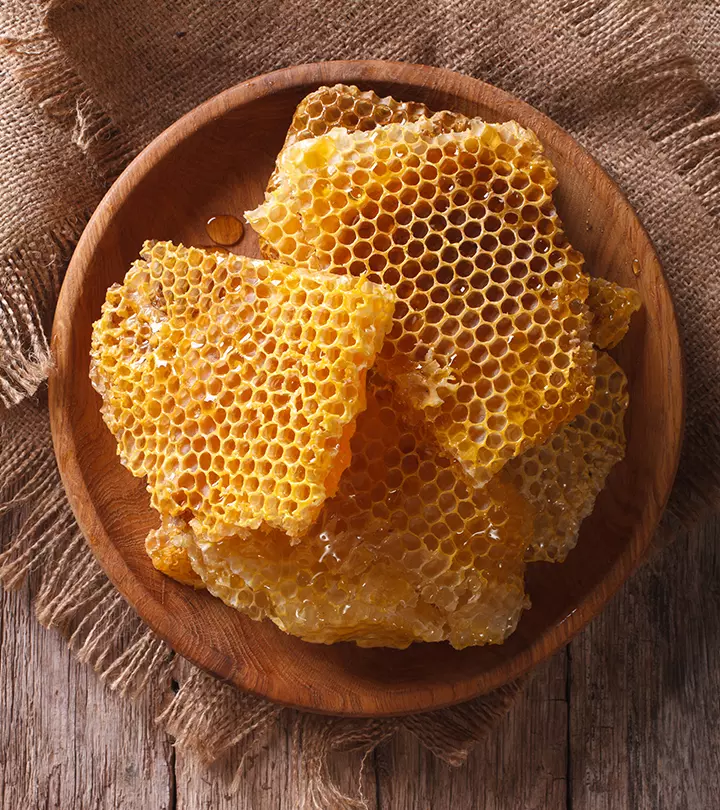
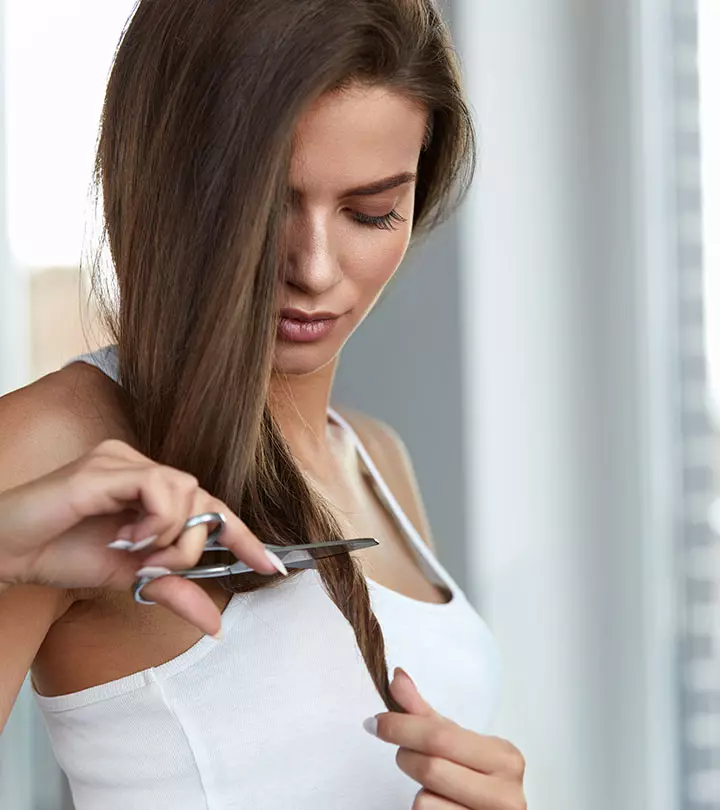
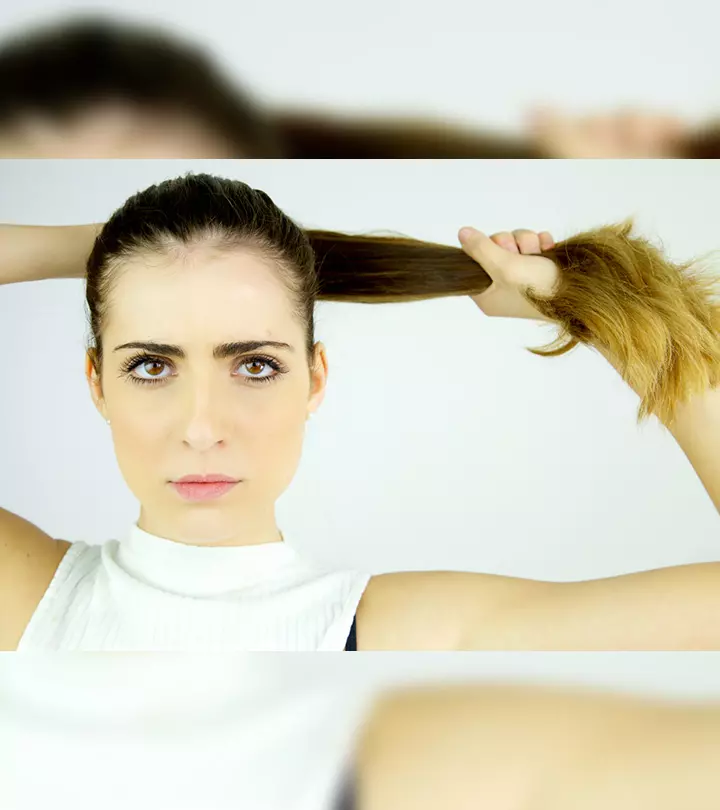

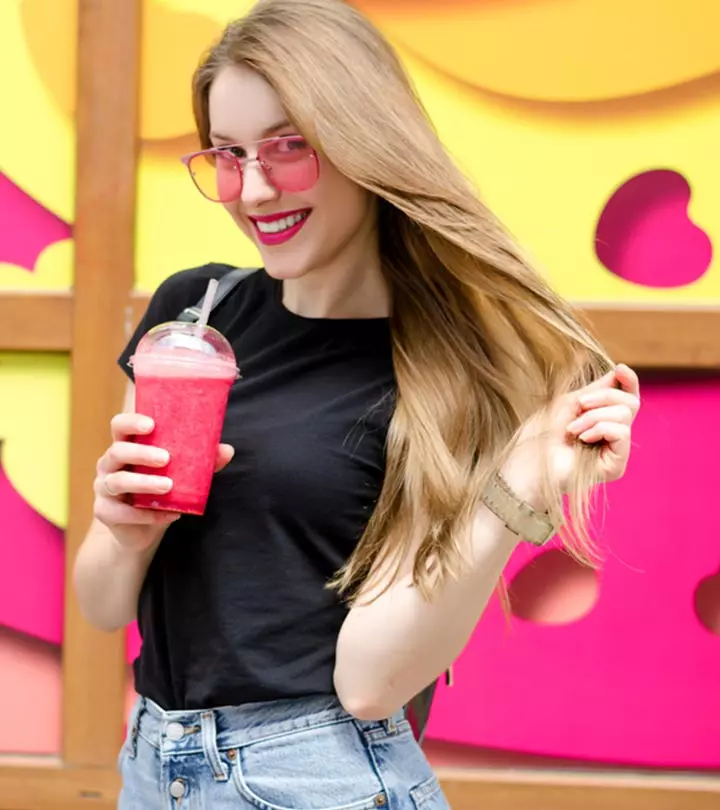
Community Experiences
Join the conversation and become a part of our empowering community! Share your stories, experiences, and insights to connect with other beauty, lifestyle, and health enthusiasts.